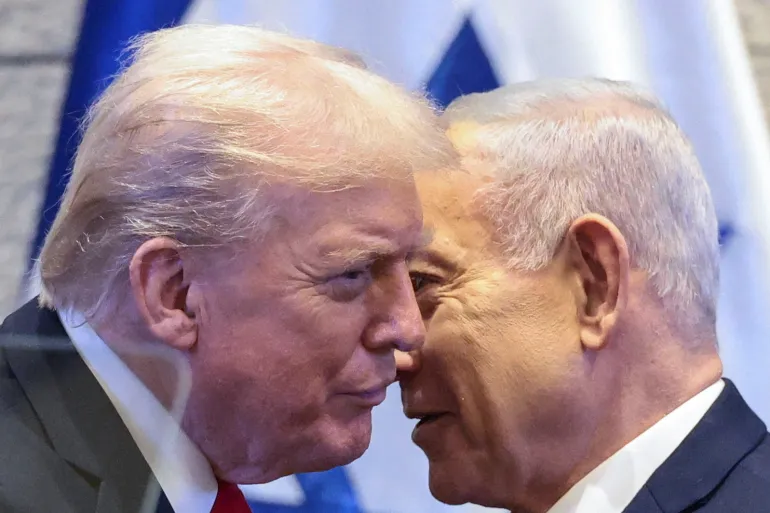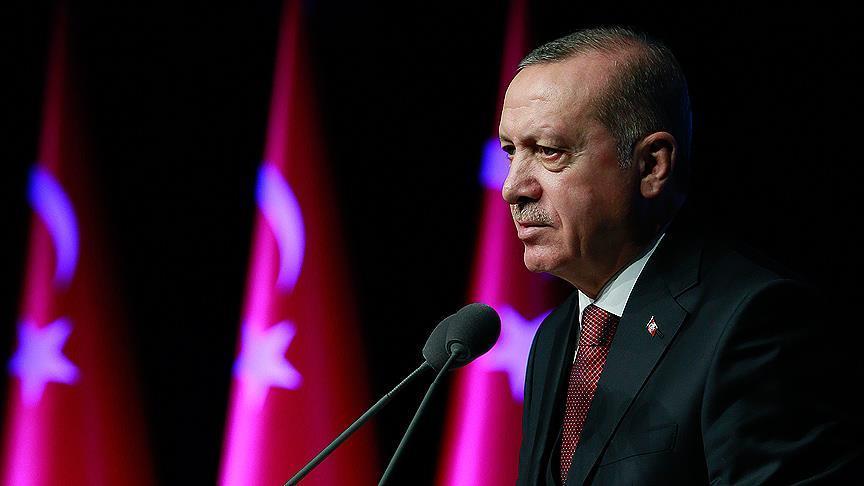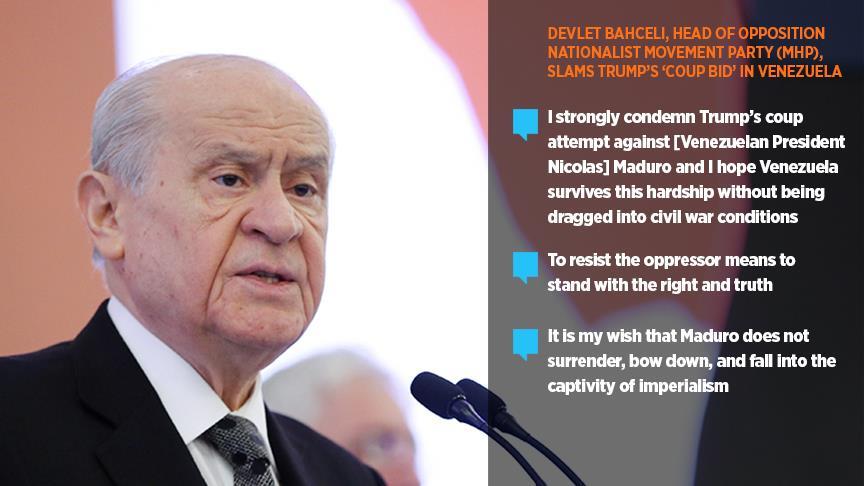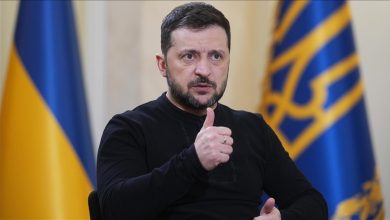Trump Declares Gaza Ceasefire “The First Step Toward Peace” as Uncertainties Loom
A fragile truce in Gaza freed Israeli hostages and Palestinian prisoners, but experts warn that rebuilding a shattered territory will be far easier than securing lasting peace.

After more than two years of devastating conflict, a fragile ceasefire in Gaza has brought a moment of relief — and a mountain of challenges. On Monday, standing alongside regional leaders at a summit in Egypt, U.S. President Donald Trump hailed the deal between Israel and Hamas as “the end of the war and the beginning of rebuilding.” But beneath the optimism lies a complex path ahead, filled with political tension, deep distrust, and unresolved questions about Gaza’s future.
A fragile pause amid deep uncertainty
Trump described the agreement as the toughest phase already overcome — “Rebuilding may be the easiest part,” he said — yet experts caution that the deal remains on shaky ground.
Key details are still missing: how and when Hamas will disarm, when Israel will withdraw, and which countries will contribute to a multinational security force to oversee Gaza. Even the composition and authority of the temporary governing council remain unclear.
Mona Yacoubian, director of the Middle East Program at the Center for Strategic and International Studies, called the truce “an important but fragile turning point,” warning that “there are several potential points of failure going forward.”
A region in ruins
Years of bombardment have left Gaza almost unrecognizable. Tens of thousands have been killed, and more than 90 percent of the enclave’s two-million residents are displaced. Hospitals, homes, and schools lie in ruins, and food insecurity is rampant.
According to estimates by the World Bank, United Nations, and European Union, rebuilding Gaza could cost more than $53 billion. Wealthy Arab nations are expected to shoulder much of that burden, but only if the peace process includes a credible path toward Palestinian self-determination.
“There’s no luxury of sequencing here — everything has to happen at once,” said Lucy Kurtzer-Ellenbogen of the Middle East Institute. “You can’t rebuild without governance, and you can’t govern without rebuilding.”
Palestinian statehood remains the biggest question
The Trump-brokered peace plan leaves the question of Palestinian statehood deliberately vague. It offers only a conditional, long-term transition period before any discussion of independence. Israeli Prime Minister Benjamin Netanyahu has expressed support for the plan but stopped short of declaring the war over, wary of alienating hard-line partners within his fragile coalition.
Despite two years of war and heavy losses, Hamas still retains partial control of Gaza. Declaring the conflict “over” could push Netanyahu’s government toward collapse ahead of next year’s elections, where his popularity remains weak.
Trump stays non-committal on a two-state solution
Speaking to reporters aboard Air Force One, Trump deflected questions about Palestinian independence:
“Some people like the one-state solution, some like the two-state solution. We’ll see,” he said. “At some point I’ll decide what I think is right — but it’ll be in coordination with other nations.”
Former U.S. ambassador to the United Nations Robert Wood, who oversaw multiple Gaza-related resolutions during the previous administration, praised the truce but urged caution:
“It’s a good day, but the war isn’t over yet. The administration needs to stay engaged at the highest levels if this is going to work.”




